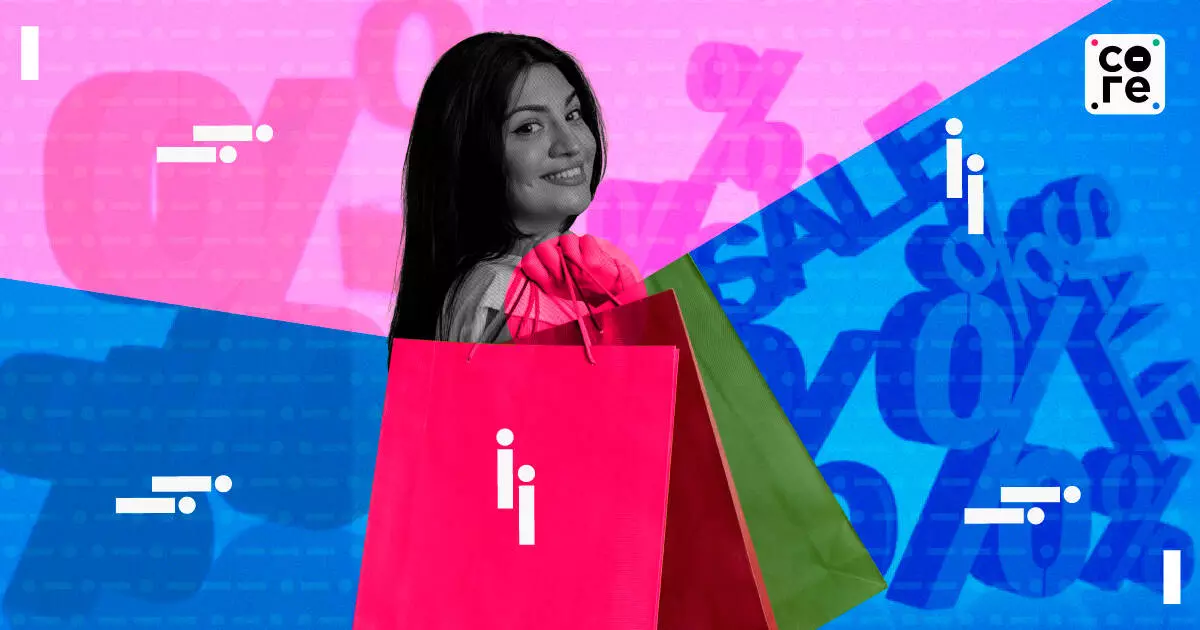
What Are Urban Indian Consumers Actually Buying? It’s Time To Take Stock
Rising prices and static incomes are driving Indian consumers to cut discretionary spending, despite occasional splurges on perceived value.

Last week, a new Uniqlo store opened in a mall near our office in Mumbai. Over 18,000 square feet in size, it is the third store opened by the Japanese apparel retailer in Mumbai, it’s the first one in south Mumbai and the 14th one all over India.
On the day of the opening, almost everyone in the mall appeared to be walking around with Uniqlo shopping bags, a sign that they had come to the mall that day pretty much only to shop at the newly opened store.
Uniqlo’s attraction is good quality at affordable prices, including its popular plain t-shirt collection offered at Rs 990 each. The Uniqlo experience reminded me of the recent blowout bookings for Mahindra’s new Thar Roxx jeep which received 1,76,000 bookings within an hour of opening and now has a waiting period that could run into 2026.
Elsewhere, five-star hotels in Goa are full and charging a king’s ransom even before peak season. Rates in December, in case you were looking to stay at one of these hotels, start at Rs 30,000 or so for the 5 stars and go up to Rs 70,000 per night. Obviously, you could get deals if you hunt hard but those are not really deals, are they?
Not surprisingly, Indian vacationers are catching flights to Hanoi, Phuket, Bangkok, Bali and for the slightly more adventurous, Baku and Almaty in central Asia. That is if you are not going to the Emirates already.
This brings us to the question for today’s Take — have Indian consumers hi...
Last week, a new Uniqlo store opened in a mall near our office in Mumbai. Over 18,000 square feet in size, it is the third store opened by the Japanese apparel retailer in Mumbai, it’s the first one in south Mumbai and the 14th one all over India.
On the day of the opening, almost everyone in the mall appeared to be walking around with Uniqlo shopping bags, a sign that they had come to the mall that day pretty much only to shop at the newly opened store.
Uniqlo’s attraction is good quality at affordable prices, including its popular plain t-shirt collection offered at Rs 990 each. The Uniqlo experience reminded me of the recent blowout bookings for Mahindra’s new Thar Roxx jeep which received 1,76,000 bookings within an hour of opening and now has a waiting period that could run into 2026.
Elsewhere, five-star hotels in Goa are full and charging a king’s ransom even before peak season. Rates in December, in case you were looking to stay at one of these hotels, start at Rs 30,000 or so for the 5 stars and go up to Rs 70,000 per night. Obviously, you could get deals if you hunt hard but those are not really deals, are they?
Not surprisingly, Indian vacationers are catching flights to Hanoi, Phuket, Bangkok, Bali and for the slightly more adventurous, Baku and Almaty in central Asia. That is if you are not going to the Emirates already.
This brings us to the question for today’s Take — have Indian consumers hit their value ceilings?
A Tipping Point For Consumers?
The Federation of Automobile Dealers Associations president told me several months ago that average prices of cars had gone up from Rs 5-6 lakh to Rs 10-11 lakh per car in recent years and it would be tough for people to afford them, particularly when incomes had not kept pace.
Maruti Suzuki Chairman RC Bhargava echoed similar sentiments, though he ascribed the rise in car prices to reasons such as the new emission standards. More importantly, he pointed out that sales of small cars would not pick up until incomes caught up.
If incomes are growing steadily or just about keeping pace with inflation or are a little ahead, it is reasonable to expect consumers to reach a tipping point and cut back on discretionary expenditures or non-essential purchases.
Has that tipping point arrived?
Anecdotally, the answer is yes. All the evidence points in that direction. Affordable housing is also on the list of things where purchasing has slowed down.
Consumers Cut Spending
The larger issue is also the propensity to spend.
It appears that the propensity to spend is slowing down too. Intent is different from ability because intent is based on perceived need and your outlook on future income. It is also based perhaps on what your peer group is doing or not doing.
If people around you are slowing down on discretionary spending, quite likely you would follow too. It does not matter whether your income is steady or not.
While we keep looking out for data points on the consumption side beyond what slowing consumer-facing company sales are telling us, it is perhaps a good time to take stock of where consumers are seeing value and where not.
A Uniqlo store opening or a Mahindra Roxx launch may see blowout sales but that only shows that consumers are willing to occasionally spend because they see value or see something attractive. Otherwise, they are holding back. Remember, access to small loans has also become tougher as non-bank finance companies have had to tighten their lending norms.
Of course, rural spending has been stronger in recent months because of good monsoons and pent-up demand. That will not make up for the urban slowdown, but it will provide some cheer for now.
Rising prices and static incomes are driving Indian consumers to cut discretionary spending, despite occasional splurges on perceived value.


